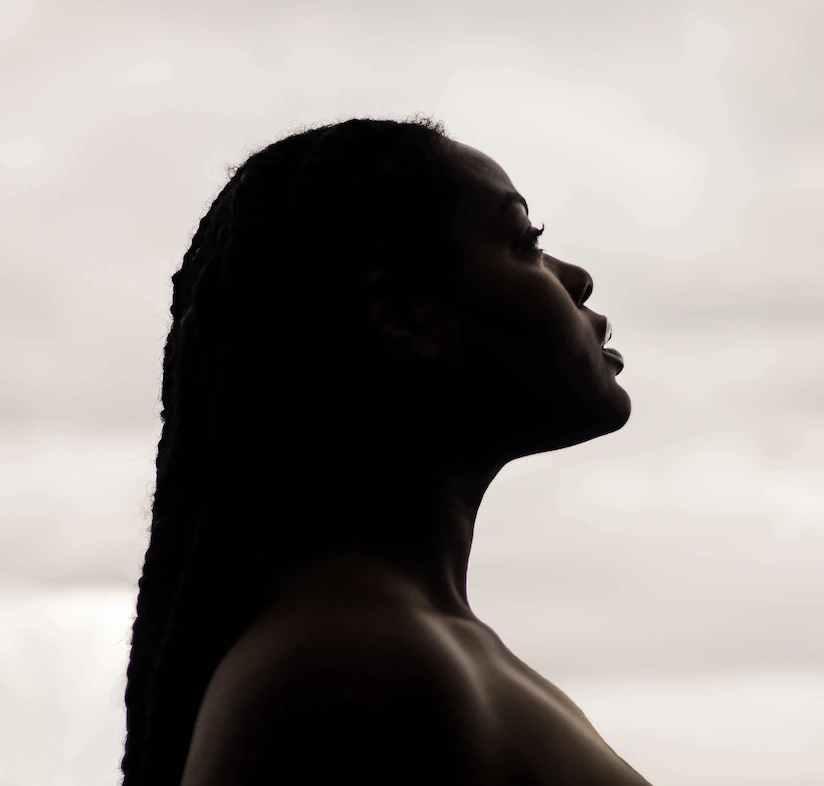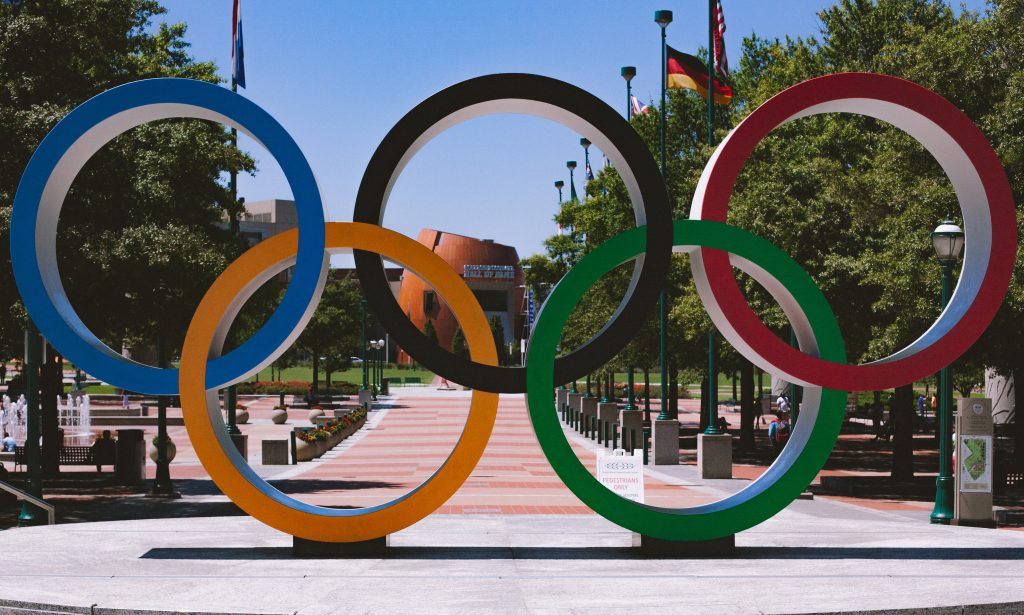Women’s History Month celebrates the achievements of inspiring women throughout history. We honour these 10 women who have devoted their lives and talents towards equality and empowering the repressed.
1. Amelia Mary Earhart
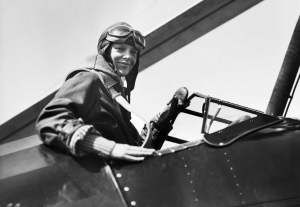
Image from Bettmann/Getty Images.
Earhart was the first female aviator to complete a trans-Atlantic flight earning her the United States Distinguished Flying Cross for her accomplishments. Earhart was also a member of the National Woman’s Party and an early supporter of the Equal Rights Amendment. When Earhart married her husband, George Palmer Putnam, she referred to her marriage as a “partnership” with “dual control”. She believed in equal responsibilities for both breadwinners and also, kept her own name rather than being referred to as “Mrs. Putnam”.
2. Billie Jean King
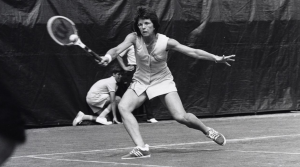
Image from US Open
King is a former world no.1 tennis player. Not only did she hold 39 major titles, she was a strong advocate of gender equality and has long been a pioneer for equality and social justice. In 1973, King played against former No.1 Males Tennis player Bobby Riggs in a match dubbed ”The Battle of the Sexes”. Unphased by Riggs’ overt ridicule to female tennis players, she defeated Riggs with ease. This match became a significant event in developing greater recognition and respect for women’s tennis. Her constant campaigning for equal prize money led to the 1973 US Open becoming the first major tournament to offer equal prize money for men and women.
3. Dorothy Vaughan
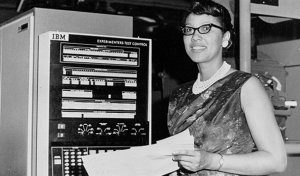
Image from NASA
Vaughan was NASA’s first African-American manager. She joined the Langley Memorial Aeronautical Laboratory in 1943. Even though Executive Order 8802 (enacted in 1941) prohibits racial, religious and ethnic discrimination in the country’s defence industry, it was still required that Vaughan and her black colleagues to work separately from white female computers, so she was assigned to the segregated “West Area Computing” unit, an all-black group of female mathematicians. Despite all the bigotry, Vaughan was promoted to lead the group in 1949 and she made sure that her employees received promotions or pay raises, if merited.
4. Katherine Johnson
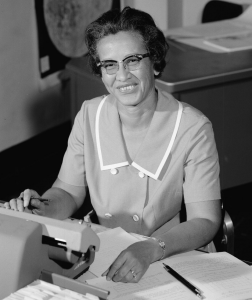
Image from NASA
Johnson was a mathematician. With a notable reputation for mastering complex manual calculations, some of her notable works include her trajectory analysis for Alan Shepard’s May 1961 mission Freedom 7 (America’s first human spaceflight), and her maths equations being used in a lecture series compendium called Notes on Space Technology. Racial and gender barriers at that time did not faze Johnson. She was assertive, asking to be included in editorial meetings (where no women had gone before). Her assertiveness led her to becoming the first woman in the Flight Research Division to have received credit as an author of a research report.
5. Sarah Breedlove aka Madam C.J. Walker
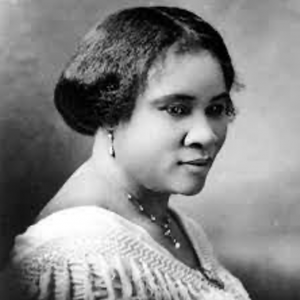
Walker is the first female self-made millionaire in America. While building her fortune through the line of cosmetics and hair care products she had developed for black women, she trained other black women in sales and grooming, Walker showed other black women how to budget, build their own businesses, and encouraged them to become financially independent. This led to her opening training programs in the “Walker System” for her national network of licensed sales agents who earned healthy commissions.
6. Marie Salomea Skłodowska–Curie
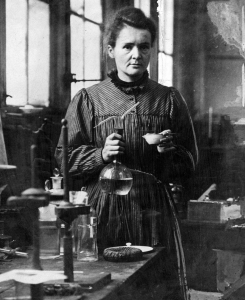
Image from Atomicarchive
Madam Curie is known to be the first woman to win a Nobel Prize but is also the first person to win the Nobel Prize twice in two scientific fields. But sexism in academia may have invalidated all of it. Curie was almost not nominated for her Nobel Prize Physics as the committee had intended to honour only her husband and Professor Henri Becquerel. Fortunately, Magnus Gösta Mittag-Leffler, a committee member and advocate for women scientists, alerted her husband to the situation, and after his complaint, Curie’s name was added to the nomination.
7. Mary Winston Jackson
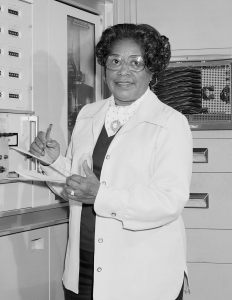
Jackson became NASA’s first black female engineer in 1958. However, even after almost three decades there she noticed women in NASA could not earn further promotions and were unable to break into management-level grades. Then, she took matters into her own hands, left engineering and took the open position of Langley’s Federal Women’s Program Manager. There, she worked hard to influence the hiring and promotion of the next generation of all of NASA’s female mathematicians, engineers and scientists. For Jackson, science and service were one and the same.
8. Professor Dame Jocelyn Bell Burnell
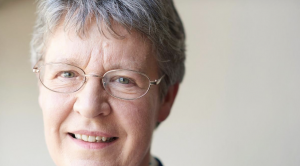
Image from National Geographic
In 1967, Bell Burnell, as postgraduate student, detected abnormality on her chart-recorder papers and recognised it had great regularity tracked across the sky with the stars. Burnell persistently reported the anomaly, but her supervisor, Hewish insisted it was interference and man-made. Her persistence led to the discovery of “Pulsars” and in 1974, a Nobel Prize in Physics. However, the prize went to Sir Martin Ryle and Antony Hewish. Burnell was not one of the prize’s recipients. After undergoing disgusting standards from both the Academia and Media, she decided to empower the academically repressed. In 2018, Bell Burnel used $3 million she was awarded with the Special Breakthrough Prize to establish a fund to help female, minority and refugee students become physics researchers.
9. Rosa Louise McCauley Parks
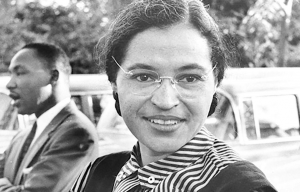
Image from Morning Star
Parks was an activist in the civil rights movement. She played an important part in raising international awareness of the struggles of African Americans. She is particularly known for sparking the Montgomery bus boycott in 1955, simply by refusing to comply with a new segregated seating arrangement to accommodate a white man who had boarded the bus. She was arrested for failing to obey the driver’s seat assignments but ignited a social movement.
10. Rosalind Elsie Franklin
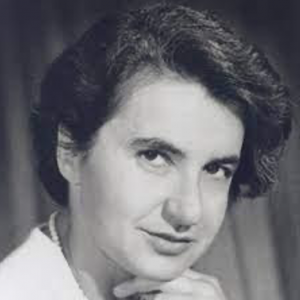
Image from Biography
Also known as “the Wronged Heroine”, Franklin is best known for her contributions to the discovery of the structure of DNA. In 1952, Photo 51, a photograph taken by Raymond Gosling, a graduate student working under the supervision of Franklin, provided crucial information in their discovery of the DNA structure and the development of the DNA model. The first clear recitation of Franklin’s contribution appeared in James Watson’s memoir, The Double Helix, although it was buried under the overtly sexist and negative descriptions of Franklin written by Watson. Franklin was never nominated for a Nobel Prize despite her crucial contribution in the discovery as the Nobel Committee generally did not make posthumous nominations.
Written by: Renecia Khoo


